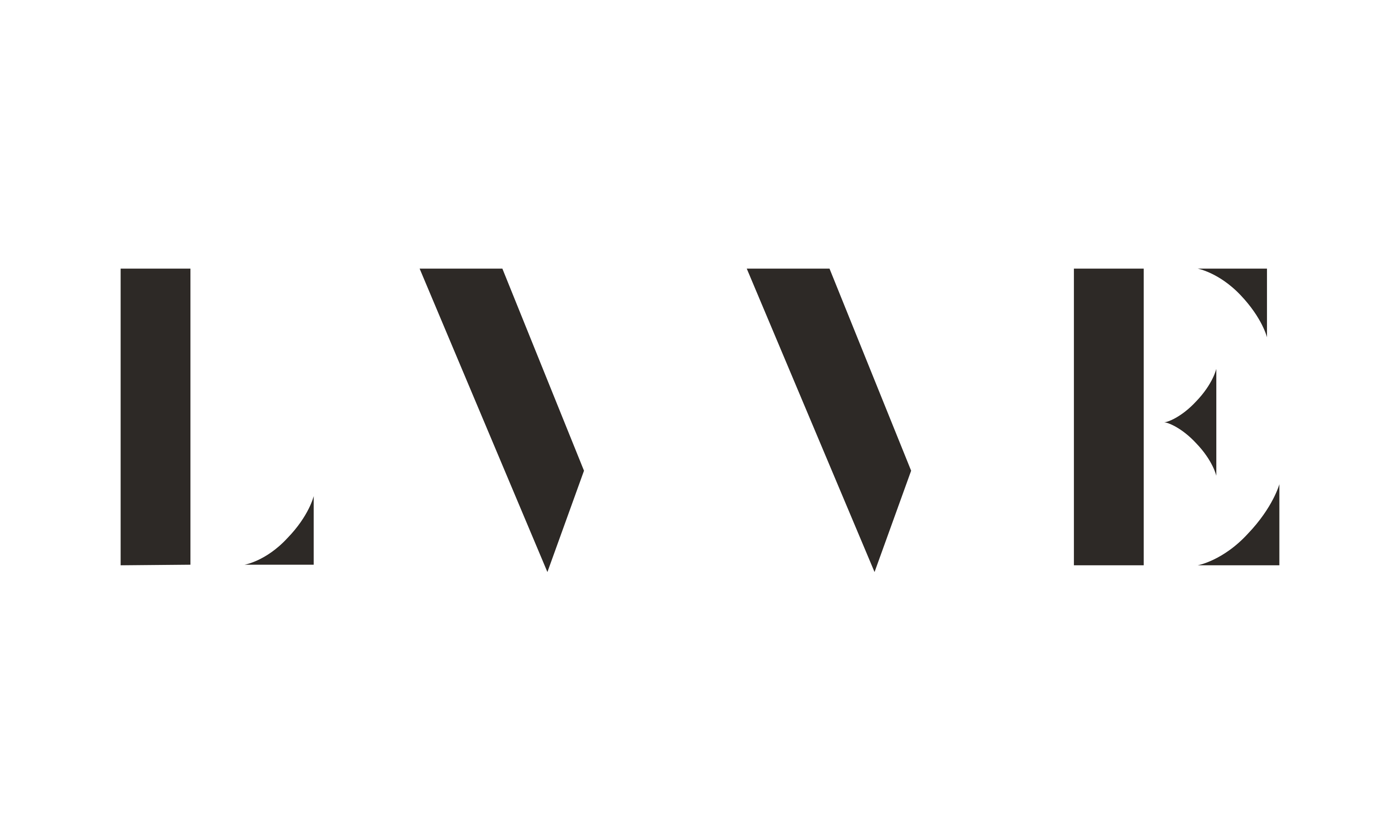
Vegan and cruelty-free perfumes: Fragrance with attitude
More and more people are paying attention to ethical standards when buying cosmetic products. Terms such as ‘vegan’ and ‘cruelty-free’ are also becoming increasingly important in the world of perfumes. But what exactly do they mean and what should you look out for when buying? In this article, we clarify the differences, point out typical animal-based fragrances and give tips for vegan fragrance alternatives.
What does ‘cruelty-free’ mean?
A product is cruelty-free if it was developed without tests on animals - neither directly by the manufacturer nor indirectly via suppliers or parent companies. Animal testing for cosmetics has been banned in the EU since 2013. Nevertheless, there are loopholes: raw materials that are also used outside the cosmetics industry may still be tested on animals. Exports to certain countries, such as China, may also require animal testing.
What does ‘vegan perfume’ mean?
Vegan perfumes do not contain any animal ingredients. This excludes both directly recognisable ingredients such as honey or milk as well as less obvious ones such as ambergris or musk, which are traditionally obtained from animal secretions. Important: Vegan does not automatically mean animal-free - both should be tested independently.
Animal-based fragrances and their alternatives
Many classic perfumes are based on animal fragrances. Today, there are synthetic or plant-based alternatives for almost all animal components:
- Ambergris: Originally from the digestive system of the sperm whale, now replaced by molecules such as ambroxan.
- Musk: Formerly from the glands of the musk deer, now replaced by synthetic musk compounds such as galaxolide or moscon.
- Civet: From the civet cat, replaced by civetone.
- Castoreum: Beaver gland secretion, replaced by Castoryl.
- Honey/milk: Imitated by nature-identical, plant-based fragrances.
Some of these ingredients have become incredibly rare and expensive. You can find out more about these in our blog here.
Synthetic molecules: Progress with responsibility
Many modern, vegan perfumes rely on synthetic molecules. These make it possible to create complex fragrance experiences - without any animal ingredients. At the same time, they are often more stable, more sustainable to produce and low in allergens. A conscious approach to synthetic substances is important, as some of them are not biodegradable. We've wrote more about synthetic fragrances here.
How can you recognise vegan and cruelty-free perfumes?
Trustworthy seals provide orientation:
- Leaping Bunny (Cruelty Free International)
- PETA Cruelty-Free and Vegan
- The Vegan Society
In addition, platforms such as CodeCheck or specialised online shops can help you find suitable products. Many transparent brands openly disclose their ingredients - a good sign of quality and responsibility.
How sustainable is the perfume industry?
Vegan and cruelty-free perfumes are more than just a trend - they stand for a conscious lifestyle and a respectful attitude towards people, animals and the environment. If you pay attention to certifications and familiarise yourself with the ingredients, you can enjoy high-quality fragrance experiences without sacrificing anything.
L'Art Vévien stands for cruelty-free fragrances with attitude - uncompromising in quality, conscious in origin, but not yet vegan entirely.



